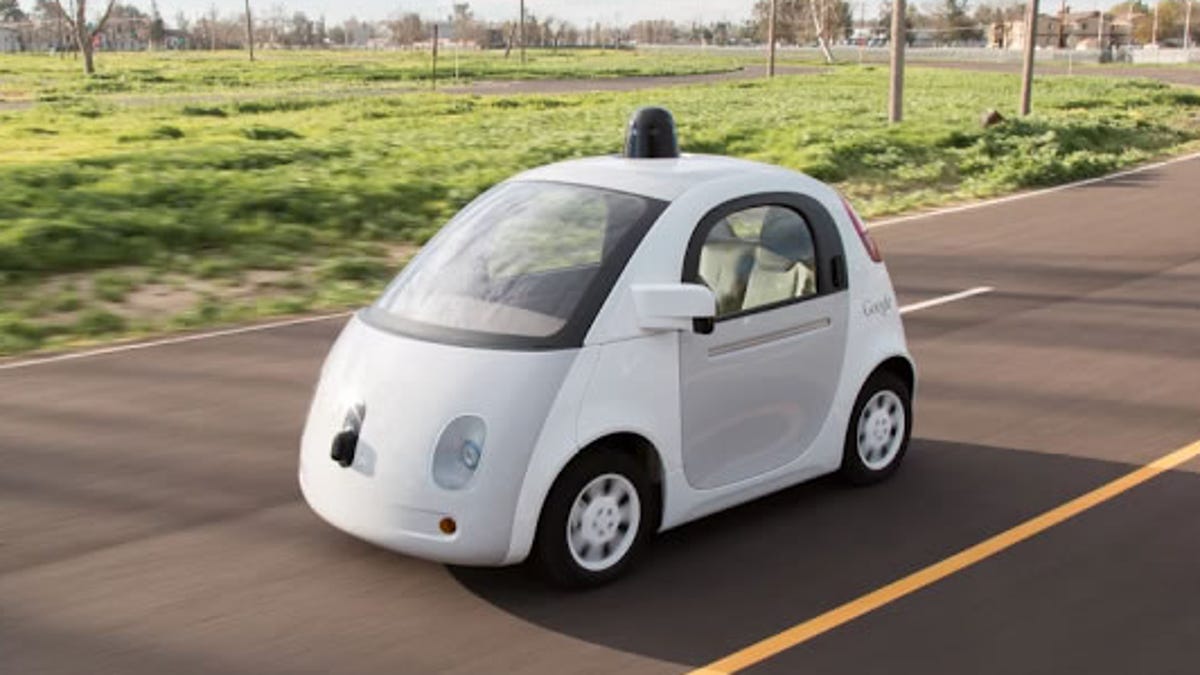Google's self-driving cars tear up 3 million miles a day
Computer simulation creates "thousands of variations" of driving patterns, enabling Google's engineers to quickly test tweaks across millions of virtual miles.

Google's self-driving car technology gets plenty of test time in the labs before taking to the streets.
Google's autonomous cars drive millions of miles each day along virtual roads.
In its self-driving car report for January, Google notes that actual road testing is a vital but that simulation plays an equally important role. Each time Google improves or refines a key feature in the technology, it tests the modification in a virtual environment using thousands of variations.
As a result, Google's vehicles drive a simulated 3 million miles each day. "That's the equivalent of circling the equator five times every hour," the company said.
The report offers a glimpse of how Google is using simulation to replicate real-world driving. The virtual tests are necessary to prevent real-life problems and to assuage concerns that have cropped up amid increased interest in the technology.
As one example cited in the report, Google wanted to make left turns at intersections more comfortable for passengers, so the company tweaked its software to adjust the angle of the turn. To test this change, the company repeated its history of more than 2 million miles with the new turning pattern to ensure that the modification actually improved left turns and people's experiences in the cars.
The simulator also plays a role when an actual person needs to take over the driving role from the autonomous car. In such an event, Google can play back the scenario to predict what would have happened if the car been allowed to continue in self-driving mode. Based on the car's performance, the company can then update the software for that particular situation and test the refinements in the lab.
Despite all the simulated testing, Google's autonomous cars are still spending plenty of time on the roads. Since the project started in 2009, Google's self-driving vehicles have covered 1.4 million miles on actual roads without a person controlling the car and another 988,000 miles with a person at the wheel. On average, Google's cars travel around 10,000 to 15,000 miles per week on public streets in self-driving mode.
Self-driving cars could potentially reduce auto accidents and fatalities, most of which are caused by driver error. But ensuring that the cars can handle unique traffic conditions safely is a work in progress.

